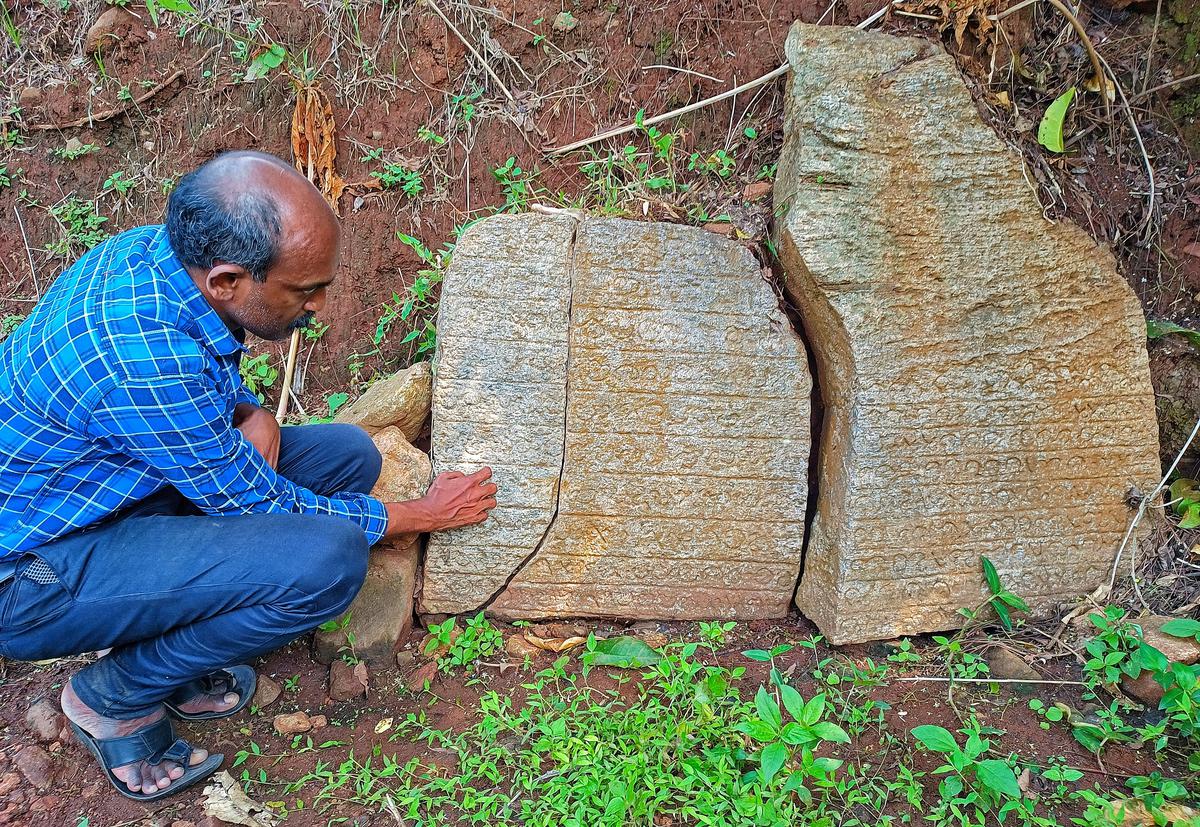Researchers and locals alike have been shocked by the finding of various prehistoric artifacts and archaeological remains along the banks of three rivers flowing through the Attappady hills bordering Kerala and Tamil Nadu, indicating the presence of a mature settlement.
In the primarily tribal territory of Attappady, the finding of stone tools, inhabited caves, menhirs, cists or burial chambers, stone circles, burial urns, black and redware ceramics, terracotta images, stone carvings, and granite inscriptions points to prehistoric human settlements.
Archaeological finds have lately been made along the banks of the rivers Bhavani, Siruvani, and Kodumkara Pallam or Anakkatti in various locations. The remains were discovered during economist A.D. Manikandan’s extended post-doctoral research among the tribal people of Attappady.
Many Prehistoric relics
Many of the prehistoric relics, however, have been destroyed and ruined over time by locals who are uninformed of the region’s historical history. Only a few of the dozens of granite menhirs, some as tall as 20 feet, remain intact. Nattakkallu Ooru (literally “hamlet of menhirs”) is the name of one of the tribal communities at Kottathara, where all but one 11-foot menhir has been demolished.
“No one bothered to look into Attappady’s background. What astounds me is that this tribal land, which is known for its poverty, hardships, exploitation, and land grabs, has a magnificent civilization to boast about. Dr. Manikandan, whose two-volume work on the prehistoric life and culture of Attappady is due to be released soon, remarked, “Innumerable relics were uncovered from both sides of the rivers flowing through Attappady.”
On both sides of Kodumkara Pallam, this reporter discovered cist burial sites and fragments of black and red pottery. With Attappady on the western side, the river serves as a border between Kerala and Tamil Nadu.
In recent weeks, black and red polished earthenware with various patterns was uncovered on private land in Sholayur grama panchayat. “We were taken aback by the results. P. Ramamoorthy, head of the Sholayur panchayat, told The Hindu, “We want the Archaeology department to look into it.”
The relics have been radiocarbon dated by a team of researchers led by P.V. Mohammed Kutty at the Indian Institute of Geomagnetism in Mumbai and the Birbal Sahni Institute of Palaeosciences in Lucknow. “Without scientific studies, we can’t just make assumptions.” “All we can say for sure right now is that Attappady is a cultural and civilization treasure trove,” stated Dr. Mohammed Kutty.

